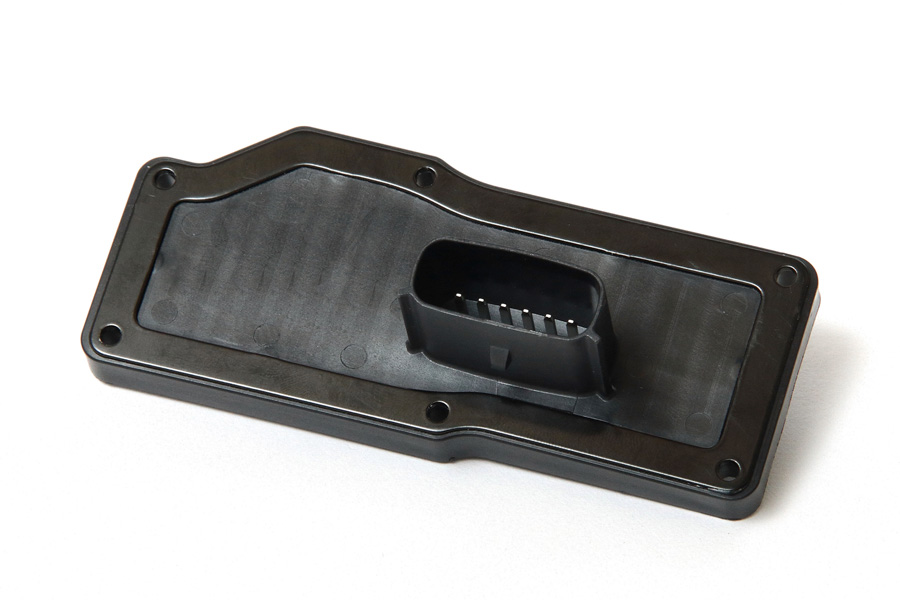
Your blog feed for digital manufacturing resources, in-depth features, and industry news.
Over time, however, even the most robust Seat Shells can encounter some issues. Understanding common problems and how to fix them can help you maintain optimal comfort and performance for your users.
In this article, we’ll walk you through some common Seat Shell troubleshooting tips and provide simple solutions to keep your seating systems functioning smoothly.
Problem: A Seat Shell that doesn’t provide the expected comfort or support can cause user discomfort, especially for those sitting for extended periods.
Possible Causes:
Solution:
Problem: Over time, Seat Shells made from plastic or fiberglass may crack or fracture, especially in high-stress areas or after prolonged exposure to extreme temperatures.
Possible Causes:
Solution:
Problem: The Seat Shell may not fit correctly in the seating system or frame, causing instability or discomfort.
Possible Causes:
Solution:
Problem: The Seat Shell may feel too stiff, making it uncomfortable or unsuitable for users who need a certain level of flexibility in the seat.
Possible Causes:
Solution:
Problem: Seat Shells can often become dirty, especially in high-traffic areas or environments like public seating or vehicles, where spills and stains are common.
Possible Causes:
Solution:
Problem: In some cases, the Seat Shell may slide or shift during use, creating an unstable seating experience.
Possible Causes:
Solution:
Regular maintenance and troubleshooting can extend the life of your Seat Shells and ensure that they continue to provide comfort, stability, and durability. By addressing issues like discomfort, cracking, or fit problems promptly, you can keep your seating systems in top condition.
Use these simple troubleshooting steps to resolve common issues and maintain a high-quality seating experience for your users. With a little care and attention, your Seat Shells will continue to perform effectively and provide comfort for years to come.
Your blog feed for digital manufacturing resources, in-depth features, and industry news.
31 Southlands Road
POLESWORTH
B78 0FL
We will reply to you in 20 minutes.
Our team is online, can be helpful for you.
Our team is online, can be helpful for you.
Didn’t find what you want? Ask our leader for help directly!